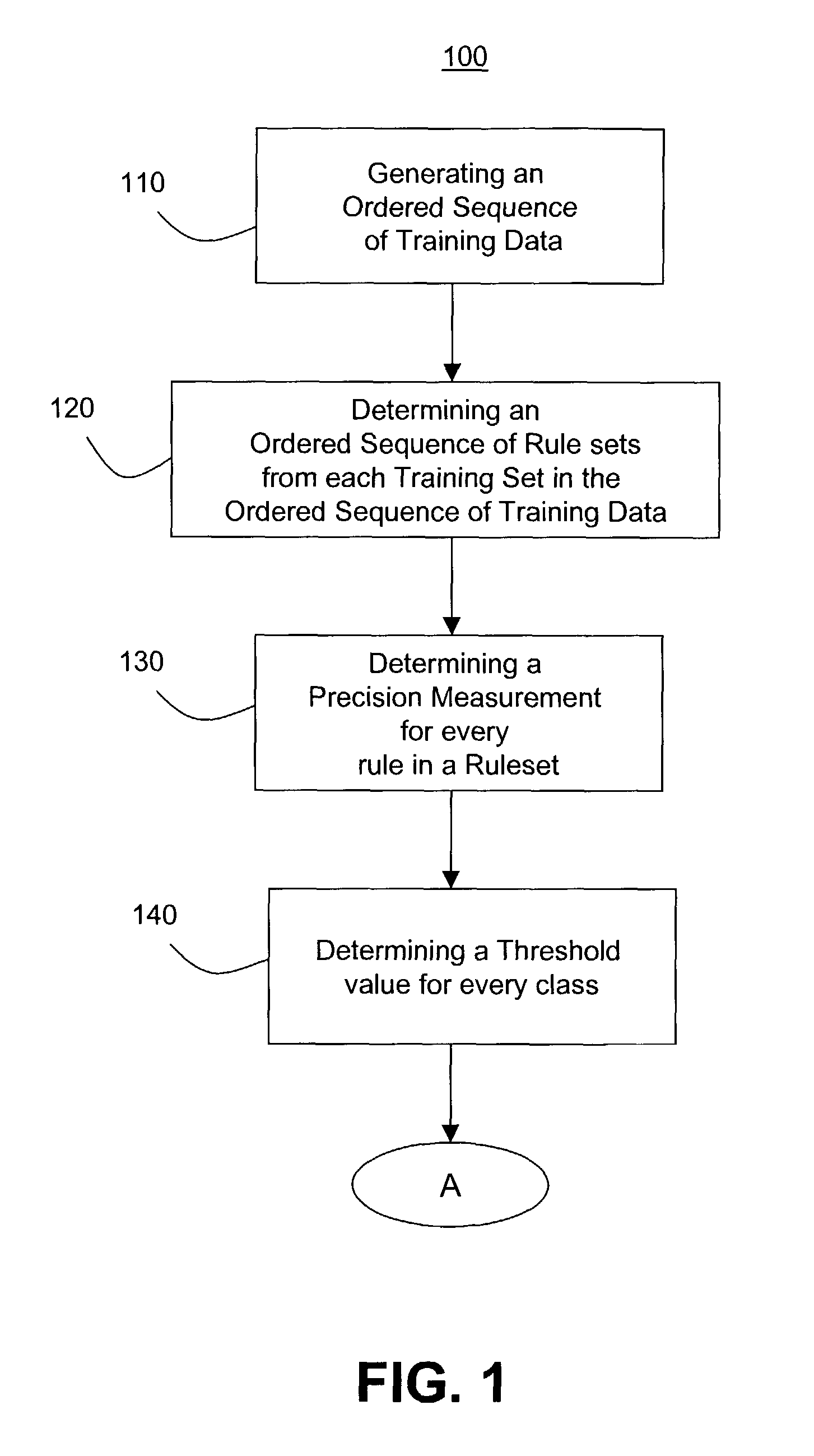Methods for cost-sensitive modeling for intrusion detection and response
- Summary
- Abstract
- Description
- Claims
- Application Information
AI Technical Summary
Benefits of technology
Problems solved by technology
Method used
Image
Examples
Embodiment Construction
[0034]This invention will be further understood in view of the detailed description.
[0035]In order to build an intrusion detection system, the relevant cost factors, cost models, and cost metrics related to IDSs, are analyzed. The following are major cost factors related to intrusion detection: damage cost, response cost, and operational cost. Damage cost (DCost) characterizes the amount of damage to a target resource by an intrusion when intrusion detection is unavailable or ineffective. Response cost (RCost) is the cost of acting upon an alarm or log entry that indicates a potential intrusion. Operational cost (OpCost) is the cost of processing the stream of evens being monitored by an IDS and analyzing the activities using intrusion detection models. It is recommended that qualitative analysis be used to measure the relative magnitudes of cost factors. It should also be noted that cost metrics are often site-specific because each organization has its own security policies, inform...
PUM
 Login to View More
Login to View More Abstract
Description
Claims
Application Information
 Login to View More
Login to View More - R&D
- Intellectual Property
- Life Sciences
- Materials
- Tech Scout
- Unparalleled Data Quality
- Higher Quality Content
- 60% Fewer Hallucinations
Browse by: Latest US Patents, China's latest patents, Technical Efficacy Thesaurus, Application Domain, Technology Topic, Popular Technical Reports.
© 2025 PatSnap. All rights reserved.Legal|Privacy policy|Modern Slavery Act Transparency Statement|Sitemap|About US| Contact US: help@patsnap.com



